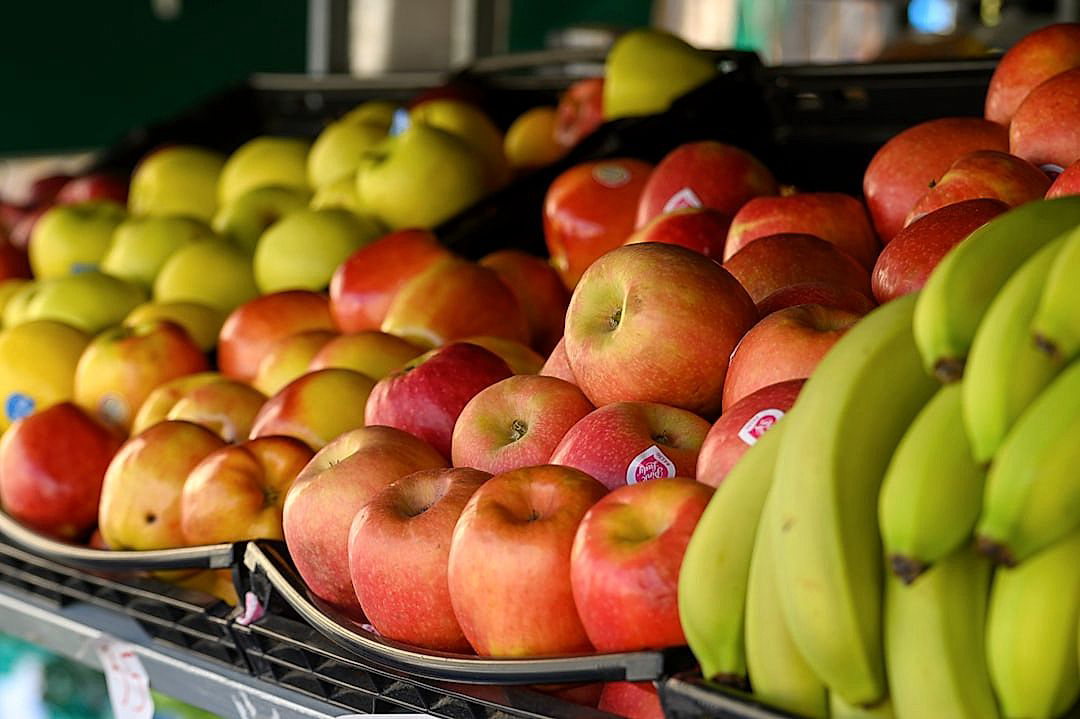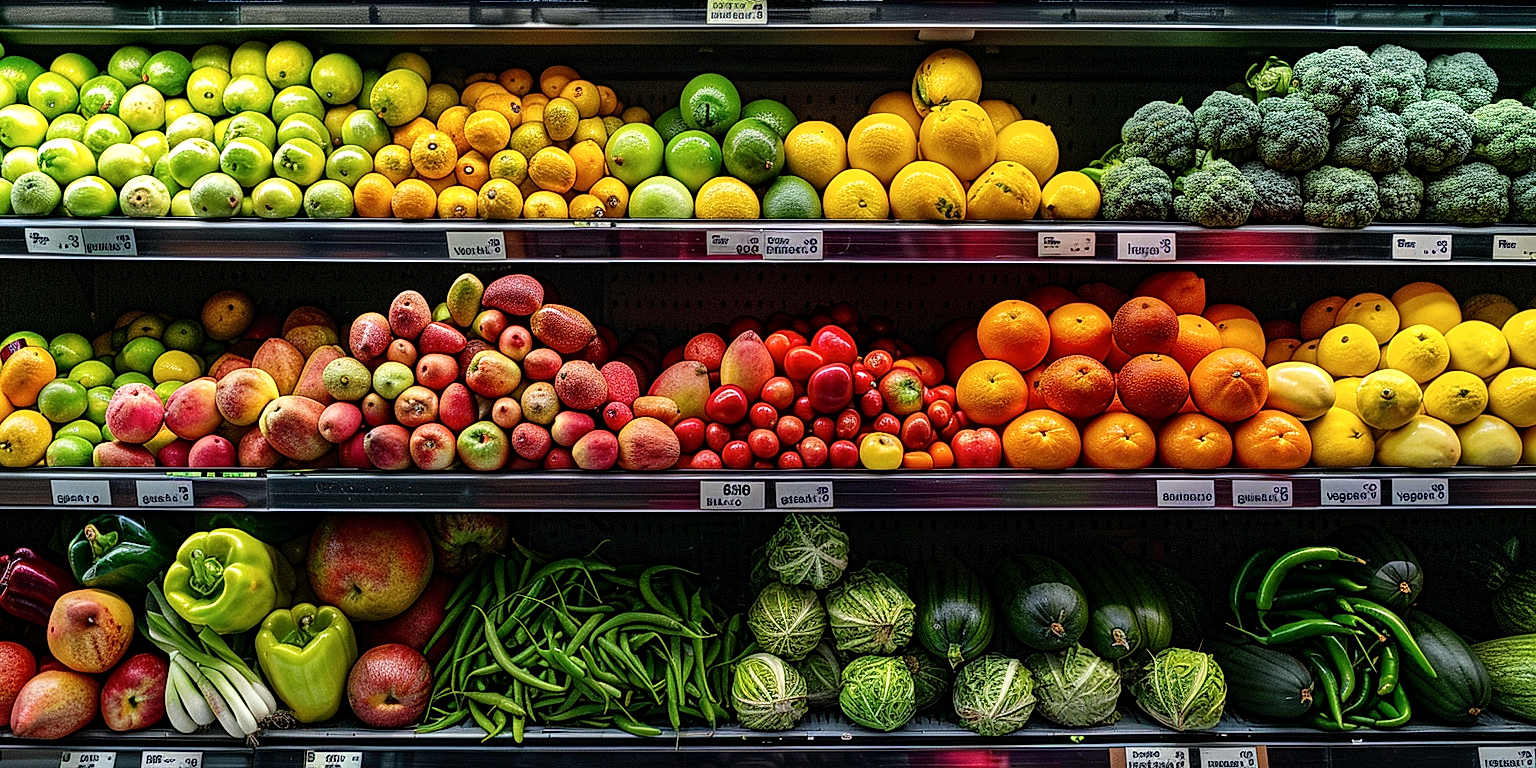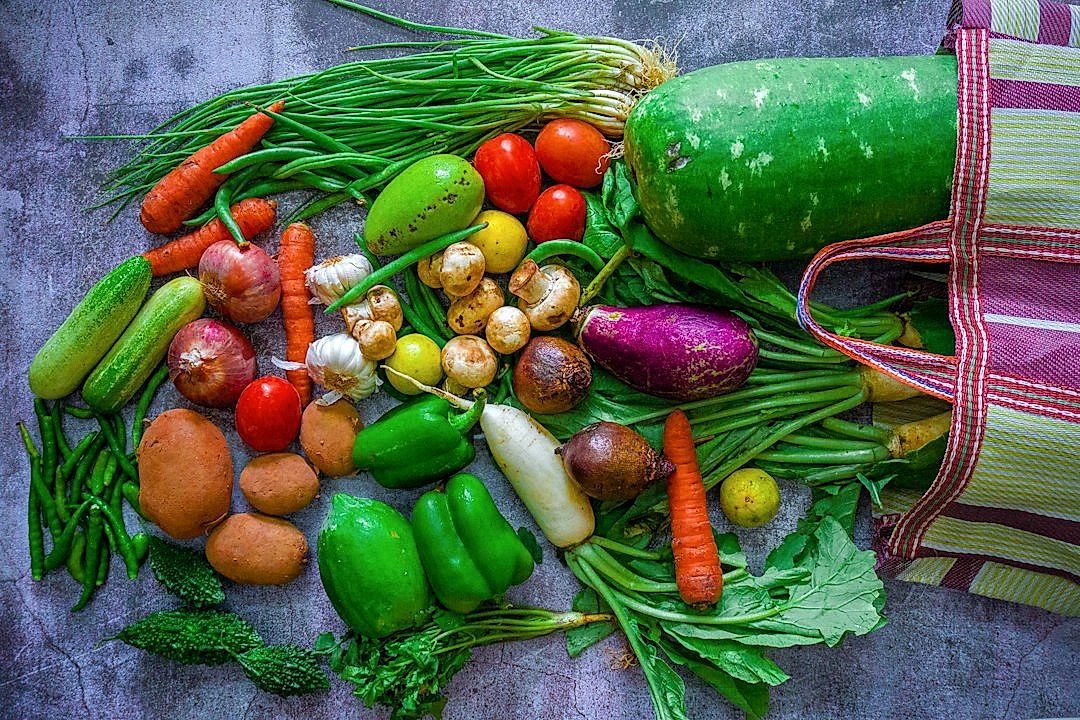The sourcing of fresh, quality produce is a cornerstone of retail food industry success.
As a retailer, you understand that this task is more challenging than it might initially appear due to seasonality.
The fluctuating market demands, combined with unpredictable weather patterns, often result in supply chain inconsistencies.
Understanding the landscape of seasonal sourcing is therefore essential to business sustainability and customer satisfaction.
This piece offers practical insights derived from years of industry experience.
The intent is to equip you, as a retailer, with helpful strategies to better navigate this intricate aspect of your business.
Tips For Seasonal Produce Sourcing For Retailers
1. Collaborate closely with local farmers for fresh supply
As a retailer, the freshness and quality of your produce greatly determine the satisfaction of your customers and by extension, their loyalty to your store.
One of the most effective ways of ensuring continuous supply of fresh produce is by forming close collaborations with local farmers.
These farmers directly harvest produce from their farms, hence providing you with the freshest possible supplies.
With such collaborations, you don’t have to worry about the lengthy supply chain periods that often compromise the freshness of fruits and vegetables.
Moreover, collaborating with local farmers boosts the local economy by supporting small scale farmers and farm workers in your area.
Having close collaborations with local farmers is a strategic approach for retailers to maintain a constant supply of fresh produce while supporting local economies.
The farmers stand to benefit from this collaboration too because they secure a stable and ready market for their produce.
This mutually beneficial relationship helps both parties grow and maintain a sustainable business model.
The quality of produce sourced locally is not the only advantage of collaborating with local farmers.
There are also cost benefits that come with sourcing produce locally.
Sourcing from local farmers eliminates the need for long-distance transportation, which in turn cuts down the cost of transportation.
This cost saving can be passed down to your customers in the form of lower prices, helping you create a competitive edge over other retailers.
Furthermore, local farmers can provide unique, indigenous varieties not typically found in regular grocery stores, allowing your shop to offer unique produce and attract more customers.
It’s also easier to build a trustworthy relationship with local farmers. This trust assures you of the farmer’s commitment to quality and helps you create and maintain a reputation for stocking fresh produce.
Lastly, by sourcing locally, you not only ensure the freshness of your products; you also align your business with ethical practices such as supporting sustainable farming and reducing carbon footprint.
Given all these advantages, forging close ties with local farmers should be a prioritized strategy in your seasonal produce sourcing.
2. Frequently Rotate Stock, Promoting Freshest Items First
Produce freshness is a critical factor that determines the success of a retailer in the grocery and foods sector.
The art of rotating stock efficiently not only ensures consistency in quality but also plays a pivotal role in inventory management and significantly impacts the profit margins.
When done correctly, stock rotation can reduce waste and increase overall customer satisfaction.
Customers are more likely to make a purchase when they see that items are freshly sourced and well-stored.
Creating a system to frequently rotate the stock allows the retailer to manage their inventory better, presenting the freshest items first and foremost.
Foremost, the ‘First-In, First-Out’ (FIFO) method should be implemented when rotating stock. The method prescribes that the oldest stock (the ‘first in’) should be sold first (the ‘first out’).
By doing so, this approach ensures that stock does not become obsolete and retains the highest possible level of freshness and quality.
The idea of rotating stock also includes moving the older items to the front of the display and putting the newly arrived stock at the back, which prolongs the life and maintains the quality of the produce.
However, this should not be mistaken as an excuse to pass off stale or palliative produce as fresh; the primary idea remains to push the freshest items first while also keeping a close eye on the overall shelf-life.
This approach correlates directly with the customers’ perception of the store’s quality and reputation. If a customer picks up an item from the front and finds it fresh and of the highest quality, they are more likely to repeat their shopping experience.
Retailers should also be mindful of storing conditions for different types of produce; not all fruits and vegetables have the same shelf-life, and some might need more frequent rotation than others.
It’s not just about the rotation; even the methods of stacking and alignment play a part in product preservation. Proper air circulation around the produce can reduce spoilage and help maintain quality.
Ideally, retailers should train their staff extensively in these stock rotation practices. Knowledgeable staff are more capable of managing the produce, ensuring its freshness, and enhancing overall customer experience.
To maintain the process effectively, it is crucial to involve modern technology. Implementing an efficient inventory management system can streamline these processes, making it easier to interpret data, track stock levels, and anticipate demand.
By doing so, the need for manual checks can be eliminated, and the processes can be more efficient. An added benefit would be the reduction of errors and inconsistencies.
Therefore, promoting freshest items first is not just a tip—it is a key strategy for seasonal produce sourcing for retailers, which can solidify customer trust and loyalty and, ultimately, ensure business success.
3. Ensure proper storage to maintain produce quality
Your retail store can have all the right partnerships and sourcing strategies, but without proper storage to maintain their quality, your seasonal produce won’t hit the high marks you’re aiming for.
Remember, freshness is often a top priority for customers purchasing seasonal fruits, vegetables, herbs, and more, and the condition in which you keep your products has a significant effect on their freshness.
To ensure your seasonal produce stays as fresh as possible, it’s important to understand the appropriate storage conditions for each type of food.
Certain foods need refrigeration, some require dryer conditions, and others may need humid environments to retain their best quality.
It’s not one-size-fits-all approach; the storage needs of apples are different from, say, potatoes or onions.
One useful tool can be a produce storage chart; these can guide you on the proper conditions needed for the wide variety of fruits and vegetables commonly stocked in retail outlets.
Additionally, always ensure your storage areas, whether they’re shelves, bins, crates, refrigerators or freezers, are cleaned and sanitized regularly.
Dirt and leftover residue can lead to quicker rot or infestations, which not only affect the quality of produce but can also cause cross-contamination among other items.
Similarly, any spoiled or damaged fruits and vegetables should be removed promptly to avoid harming the other undamaged items.
Temperature management is also crucial. Uncontrolled temperature, hot or cold, can lead to deterioration or harmful bacterial growth.
Humidity control is similarly essential, especially for items that might wilt, discolor or develop mold in conditions that are too damp or dry.
Keeping in mind the particular storage needs of your diverse range of produce, and ensuring these conditions are maintained, will ensure you are doing the best you can to keep quality high, waste low, and customers more than satisfied.
Beyond that, it’s beneficial to train your staff thoroughly in these best practices; after all, they’re often the ones who handle the fruits and vegetables directly.
By ensuring they understand why these methods are necessary and have the skills to implement them effectively, you can further enhance the overall quality and freshness of your seasonal produce offering.
Finally, remember that proper storage isn’t just beneficial for the produce and your customers – it’s also good for your bottom line.
Losing produce to improper storage is essentially throwing money away, as well as squandering the time, energy, and resources that went into producing these foods and delivering them to your store.
Sound storage practices help maximize the shelf life and potential of each and every item, ensuring your retail outlet is making the most of its seasonal produce.
4. Develop Strong Relationships with Multiple Reliable Suppliers
The retail business, especially in the realm of seasonal produce, can be significantly influenced by the relationships you form with your suppliers.
To ensure the uninterrupted supply of fresh, quality produce, it is crucial to develop strong relationships with multiple, reliable suppliers.
This diversification of suppliers acts as a safety net, reducing dependencies on single suppliers and mitigating any potential risks of produce shortage or quality issues.
Creating long-term partnerships with suppliers can unlock various benefits, like preferred pricing, priority during high-demand periods, and a mutual understanding around quality expectations.
In addition, suppliers appreciate retailers who can communicate clearly their specific needs, whether it be the variety, volume, packaging, delivery time or even the ripeness of the produce.
Building a trust-based relationship will enable honest conversations about possibilities and limitations, so that adjustments can be made smoothly.
It is also significant to have common agreements, like the terms of supply, delivery times, payment terms and modes in place to ensure clarity and manage expectations on both ends.
Initiating routine performance review meetups with your suppliers can also be a good strategy to sustain the relationship.
This allows both parties to address any issues, discuss performance, and plan for the future.
While it may seem time consuming, the loyalty and consistency it fosters are well worth the investment.
While negotiating, try to strike a balance between getting the best deal for your retail store and ensuring the supplier’s business remains profitable.
Remember, a financially unstable supplier can have a direct impact on your business’s supply chain.
This approach encourages mutually beneficial growth, fostering a partnership rather than just a transactional relationship.
Lastly, it’s all about respect and value.
Treating suppliers with respect, being prompt with payments, and showing appreciation for their services encourages them to go the extra mile!
Recognizing their hard work and commitment helps in solidifying the relationship and ensures a consistent supply of fresh seasonal produce for your retail store.
5. Anticipate demand and adjust orders seasonally
The constantly shifting nature of demand in the retail industry requires REASONED AND STRATEGIC FORECASTING.
Moreover, seasonal changes can drastically affect the type of produce that customers gravitate towards.
It’s common for people to buy fruits and vegetables that are currently in season as they are perceived to be fresher, tastier, and more nutritious.
Thus, understanding the fluctuating demand and adjusting orders accordingly is crucial for retail businesses dealing with fresh produce.
The ability to accurately anticipate demand helps not only in maximizing profits, but more importantly, in minimizing food waste.
This means retailers need to have a keen understanding of their market and the trends in consumer preferences.
For example, the demand for oranges might spike during winter due to their high Vitamin C content which helps in fighting the common cold while strawberries might be more popular in the summer.
Therefore, adjusting orders seasonally means that your retail store will always have fresh supply of in-demand produce.
Furthermore, keeping an eye on the weather patterns as well can greatly help in anticipating the types of produce that will be available.
Extreme conditions like droughts, floods, or unusually long periods of cold or heat can affect farming routines and, consequently, the availability of certain produce.
Besides, retailers should also be prepared to make quick changes in their sourcing strategy based on unexpected weather changes.
One effective way of getting accurate information is maintaining a close relationship with your suppliers and farmers who can provide frequent updates about what’s happening in the market.
It’s also recommended to utilize business analytic tools that can track sales data and aid in predicting future trends.
Such tools can help identify which items are selling quickly, which are not, and what should be reordered and when.
By accurately anticipating demand and adjusting orders accordingly, not only can retailers increase their profits by reducing waste, they can also ensure that their customers have access to the freshest and most desirable produce all year round.
The Bottom Line
It is imperative to build and maintain a strong connection with local farmers as this ensures a steady supply of fresh produce, which can be frequently rotated to prioritize peak condition items.
Storage is paramount for the upkeep of quality and investment in robust relationships with numerous dependable suppliers can be an effective strategy.
Keeping an eye on the market, anticipating demand, and fine-tuning orders with the changing seasons will result in a steady, satisfactory supply of fresh produce.
These factors combined foster optimal stock quality, customer satisfaction, and overall business success.




